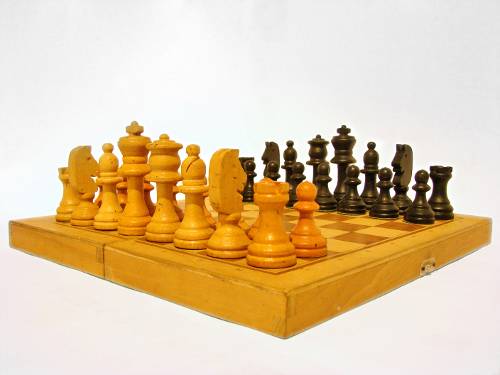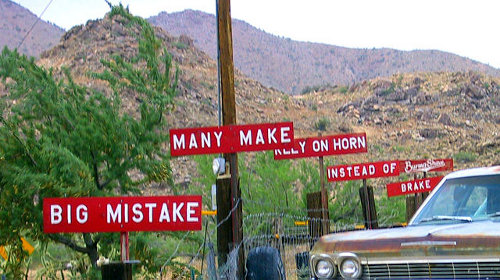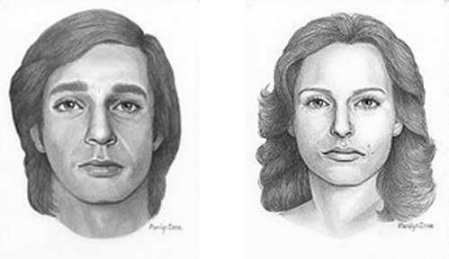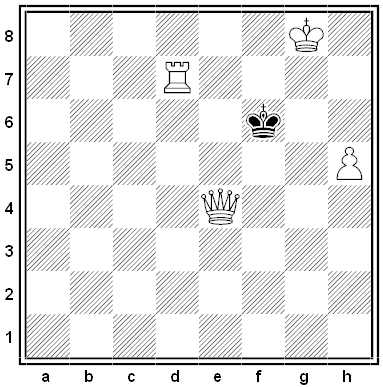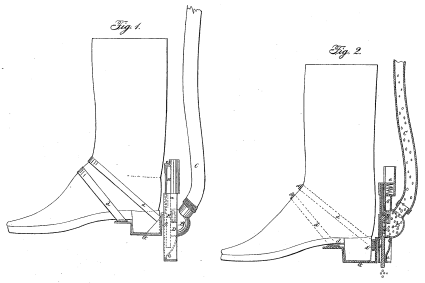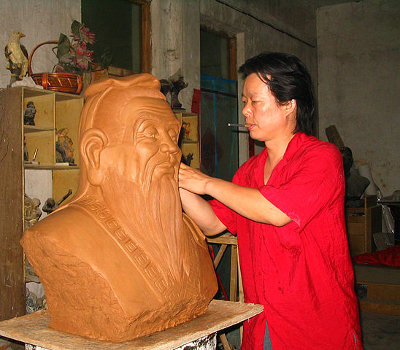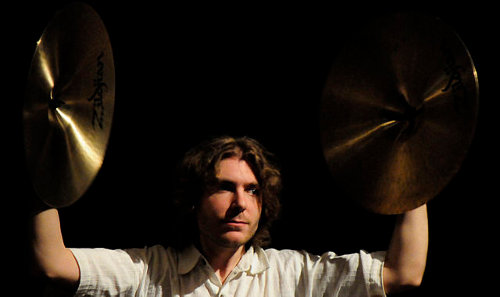
The second movement of Bruckner’s seventh symphony climaxes in a famous cymbal crash; legend has it that Bruckner added the symbolic note on hearing of Wagner’s death.
This is the only cymbal note in the whole symphony, so the player has plenty of time to worry about it.
“This note becomes the occasion of indescribable anguish to almost every cymbal player responsible for its delivery,” noted Jens Rossel of Denmark’s Århus Symphony. “It must come at precisely the right instant, or it simply ruins everything. A few minutes before, you always see the fellow begin to turn in his chair, start to rub his hands and wipe his palms on his trousers. When he stands up he plants his feet, just so, like a baseball catcher bracing himself for a fast pitch. The moment comes and the cymbals crash. It’s a matter of just a few milliseconds, but what it represents to the music is either life or death.”
But maybe that’s the essence of the job. Someone once asked Sir Malcolm Sargent, “What do you have to know to play the cymbals?” He said, “Nothing — just when.”
(Frank R. Wilson, “Music and the Neurology of Time,” Music Educators Journal 77:5, January 1991.)

